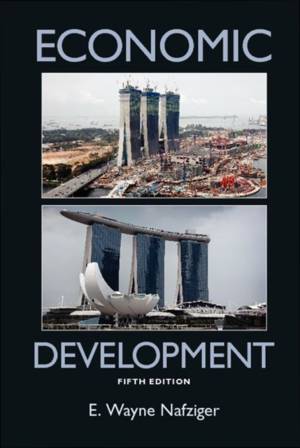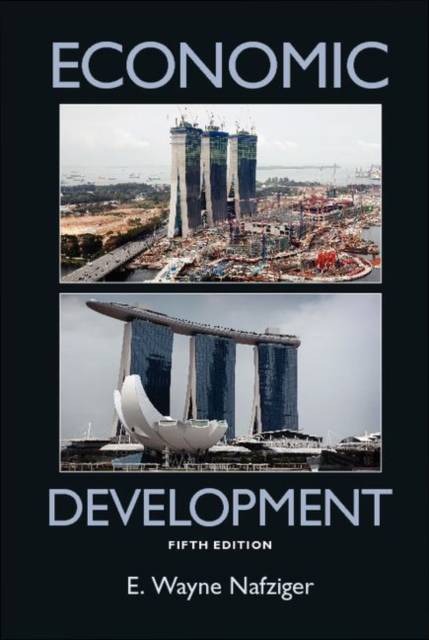
- Afhalen na 1 uur in een winkel met voorraad
- Gratis thuislevering in België vanaf € 30
- Ruim aanbod met 7 miljoen producten
- Afhalen na 1 uur in een winkel met voorraad
- Gratis thuislevering in België vanaf € 30
- Ruim aanbod met 7 miljoen producten
Zoeken
Omschrijving
E. Wayne Nafziger analyzes the economic development of Asia, Africa, Latin America, and East-Central Europe. The book is suitable for those with a background in economics principles. Nafziger explains the reasons for the recent fast growth of India, Poland, Brazil, China, and other Pacific Rim countries, and the slow, yet essential, growth for a turnaround of sub-Saharan Africa. The fifth edition of the text, written by a scholar of developing countries, is replete with real-world examples and up-to-date information. Nafziger discusses poverty, income inequality, hunger, unemployment, the environment and carbon-dioxide emissions, and the widening gap between rich (including middle-income) and poor countries. Other new components include the rise and fall of models based on Russia, Japan, China/Taiwan/Korea, and North America; randomized experiments to assess aid; an exploration of whether information technology and mobile phones can provide poor countries with a shortcut to prosperity; and a discussion of how worldwide financial crises, debt, and trade and capital markets affect developing countries.
Specificaties
Betrokkenen
- Auteur(s):
- Uitgeverij:
Inhoud
- Aantal bladzijden:
- 856
- Taal:
- Engels
Eigenschappen
- Productcode (EAN):
- 9780521765480
- Verschijningsdatum:
- 26/03/2012
- Uitvoering:
- Hardcover
- Formaat:
- Genaaid
- Afmetingen:
- 175 mm x 251 mm
- Gewicht:
- 1519 g

Alleen bij Standaard Boekhandel
+ 242 punten op je klantenkaart van Standaard Boekhandel
Beoordelingen
We publiceren alleen reviews die voldoen aan de voorwaarden voor reviews. Bekijk onze voorwaarden voor reviews.











